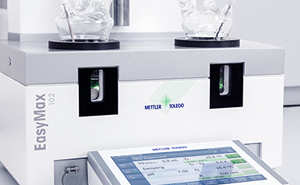Expertise Library Improving Crystallization and Precipitation
Improving Crystallization and Precipitation
A Review of 20 Years of Best Practice Part II
This webinar introduces case studies and highlights best practices used to overcome crystallization and precipitation challenges. The focus will be on scientific journal articles and conference presentations that have been presented over the last 20 years in the field of crystallization optimization. This important body of work, covering a range of industries, will be distilled into a summary that provides useful guidelines for understanding and optimizing the challenging unit operations of crystallization and precipitation.
Who Should Watch This Webinar
Scientists and Engineers who have challenges in crystallization or precipitation work including:
- Targeting a specific particle size distribution
- Improving yield and purity
- Assessing impact of impurities
- Seeding optimization
- Polymorphic transitions
- Oiling out and other undesirable events
- Optimizing downstream processing
Related Products and Solutions



